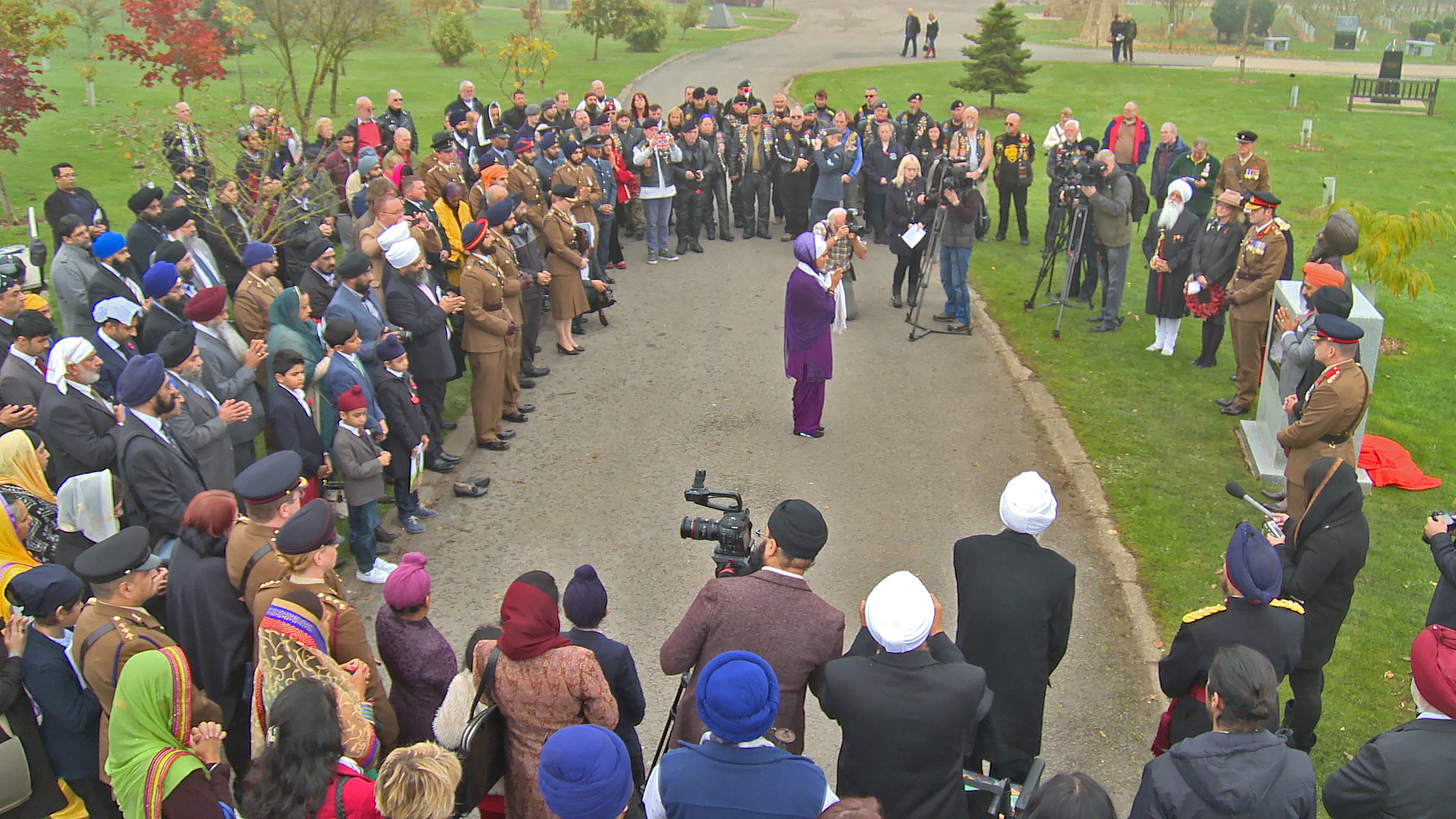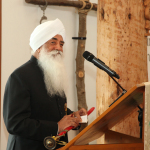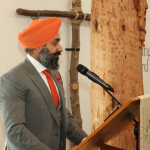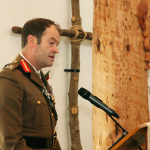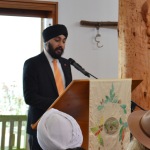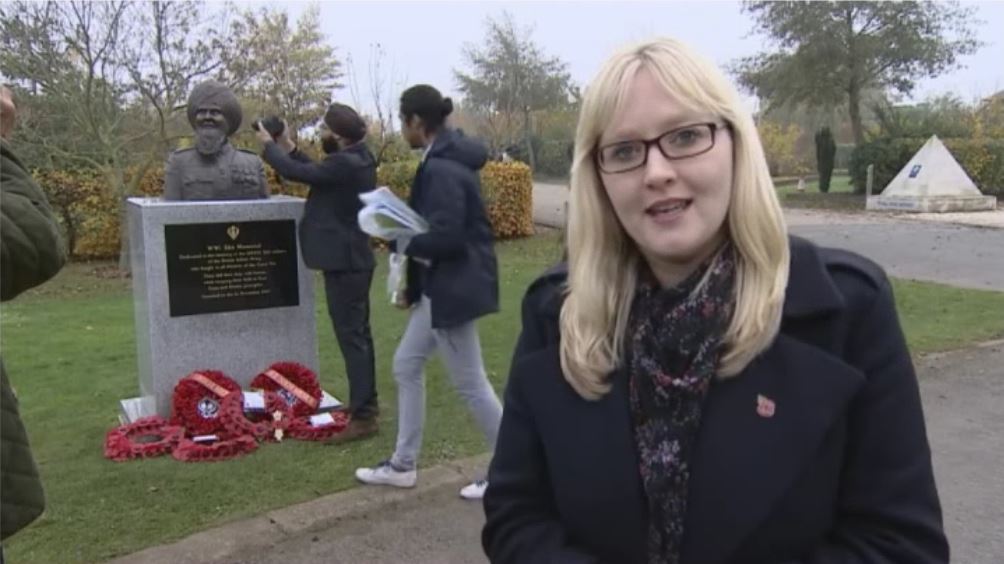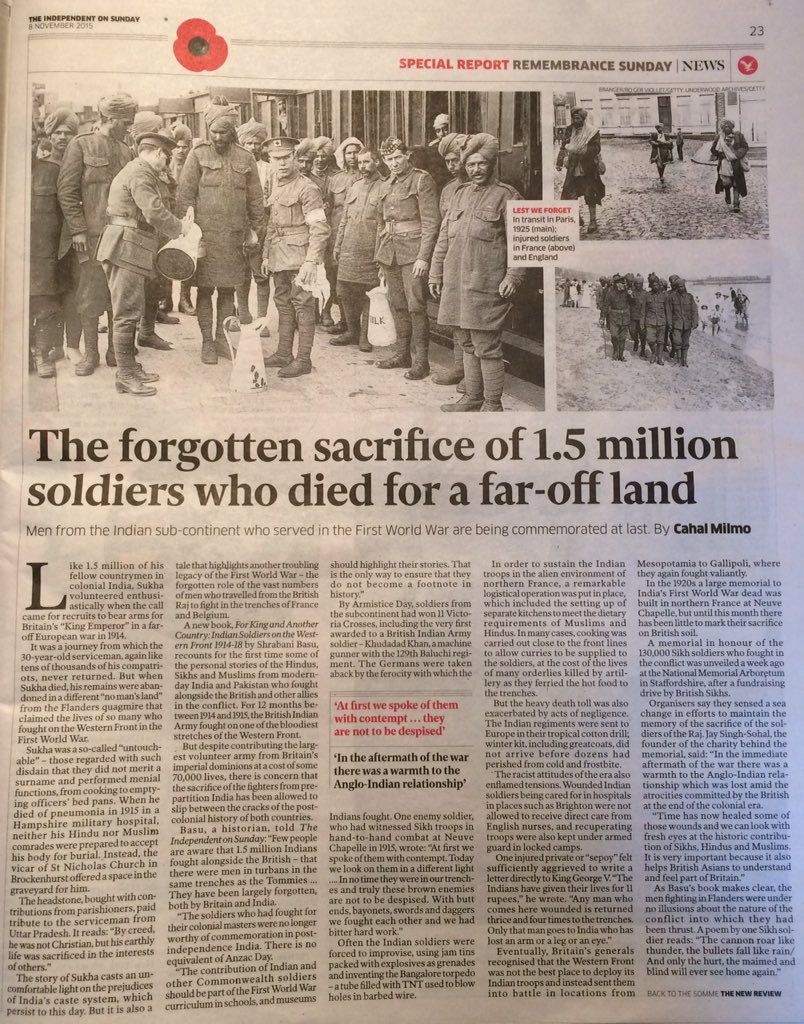New Saragarhi film set to be released for 120th anniversary
Leave a CommentPress Release:
New Saragarhi film set to be released for 120th anniversary
Following more than seven years of research and production, a long-awaited factual film about the epic Indian frontier battle of Saragarhi is being released to mark its 120th anniversary.
“Saragarhi: The True Story” narrates, for the first time on film, the fate of the 21 Sikh soldiers of the 36th (Sikh) Regiment of Bengal Infantry who on 12th September 1897 found themselves surrounded by 10,000 enemy tribesmen during an uprising on the North West Frontier between colonial India and Afghanistan.
The brave 21 fought to the last man despite the odds, in an engagement lasting nearly seven hours but with limited ammunition. The battle is a significant one within British frontier history as it came during the period known as the ‘Great Game’ with Russia, but in recent times it has largely been overlooked.
Its impact was such that the British at the time created several memorials to it in Punjab, awarded a battle honour awarded to the 36th Sikh regiment that fought (now the 4 Sikh regiment in the Indian Army) and issued the Indian Order of Merit class III, the highest award of gallantry at that time given to native Indians on par with the Victoria Cross, to 56 men involved in the defence of all the Samana outposts.
The documentary tells the story with unique access to private archives, never-before-seen images, stunning visual graphics effects and re-enactment scenes. Filming took place all over the UK, in India and Pakistan.
For the first time groundbreaking footage was also gathered from the actual site of the ruins itself, which fall within the unruly tribal area of Pakistan. To highlight the dangers of doing so, on the day that filming took place on the Samana the Pakistan Army were combating Islamic State militants 40km north of the site in Rajgal.
Speaking about his new film, journalist and filmmaker Jay Singh-Sohal said: “It’s been a long but fulfilling journey to research, film and promote for the first time the bravery of the 21 Sikhs at Saragarhi. It’s a personal endeavour; I’ve myself been inspired by it because it speaks to the shared history and values that make me proud to be both British and Sikh, and I know many others in my community feel the same.”
“The Sikhs who fought for Britain on the frontier were rightly rewarded and honoured for their bravery and devotion to duty at that time, today we must continue to remember the sacrifices they and others made in such conflicts which might not be so well known but are vitally important. We must share it with others, celebrate our long and rich connection to our country, and motivate young people to learn from their historic lessons to take up such acts of public service.”
The film will be screened on Tuesday 12th September 2017 at the official ‘Saragarhi Day’ commemoration hosted by Her Majesty’s Armed Forces which this year will be held at the National Memorial Arboretum in Staffordshire. The film will be broadcast on KTV (Sky channel 858) at 9.30pm on the same day.
A special preview of the film will be held for select guests on Wednesday 6 September at a corporate venue in London Bridge. Contact us directly to register your interest in attending.
For more information about Saragarhi:
History of War Magazine article
Remember the Sikh heroes for fought for Britain
Armed Forces commemorate Saragarhi 2015
Saragarhi book launch at RMAS 2013
Watch commemoration day videos:
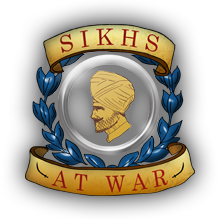



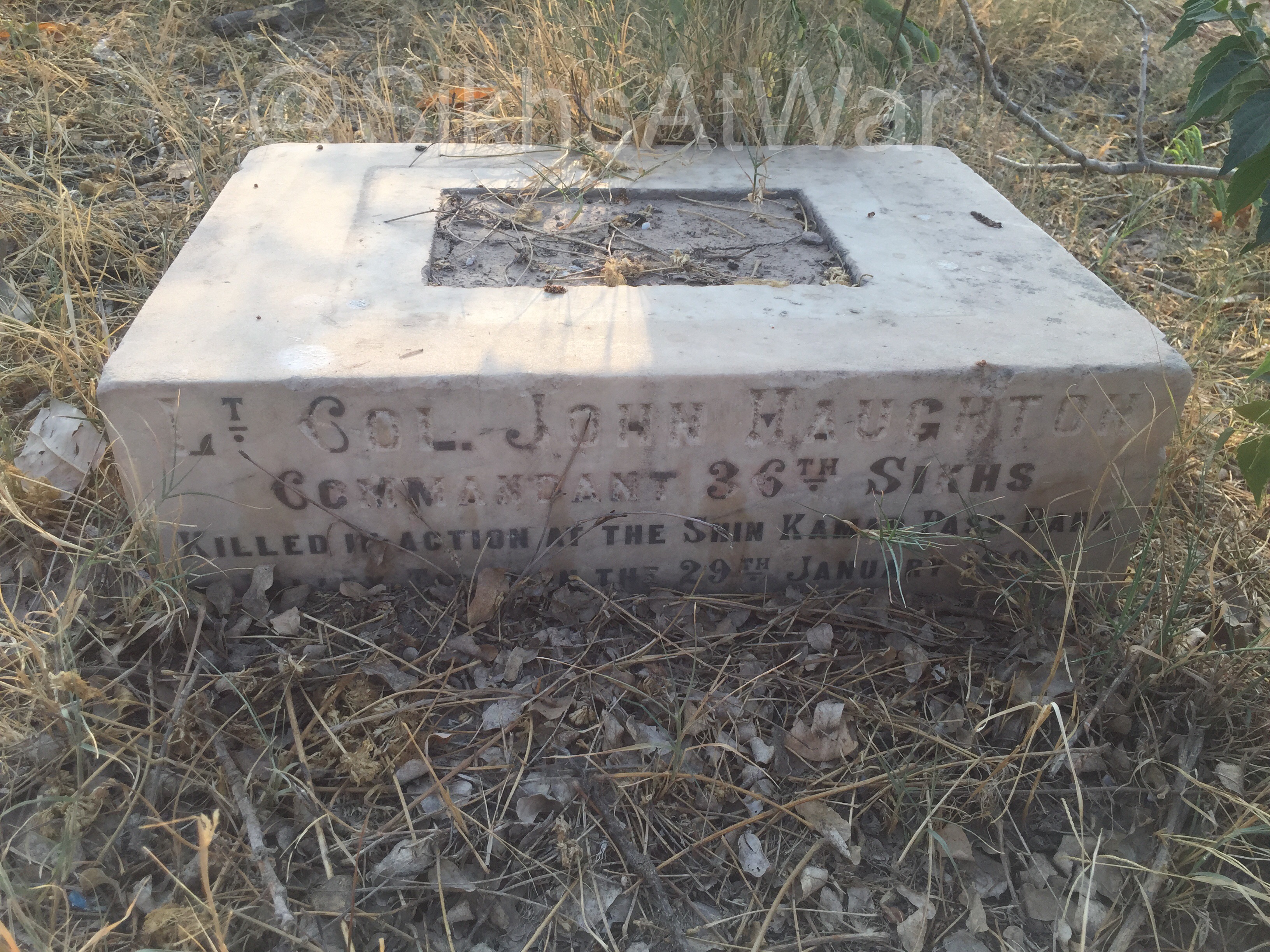
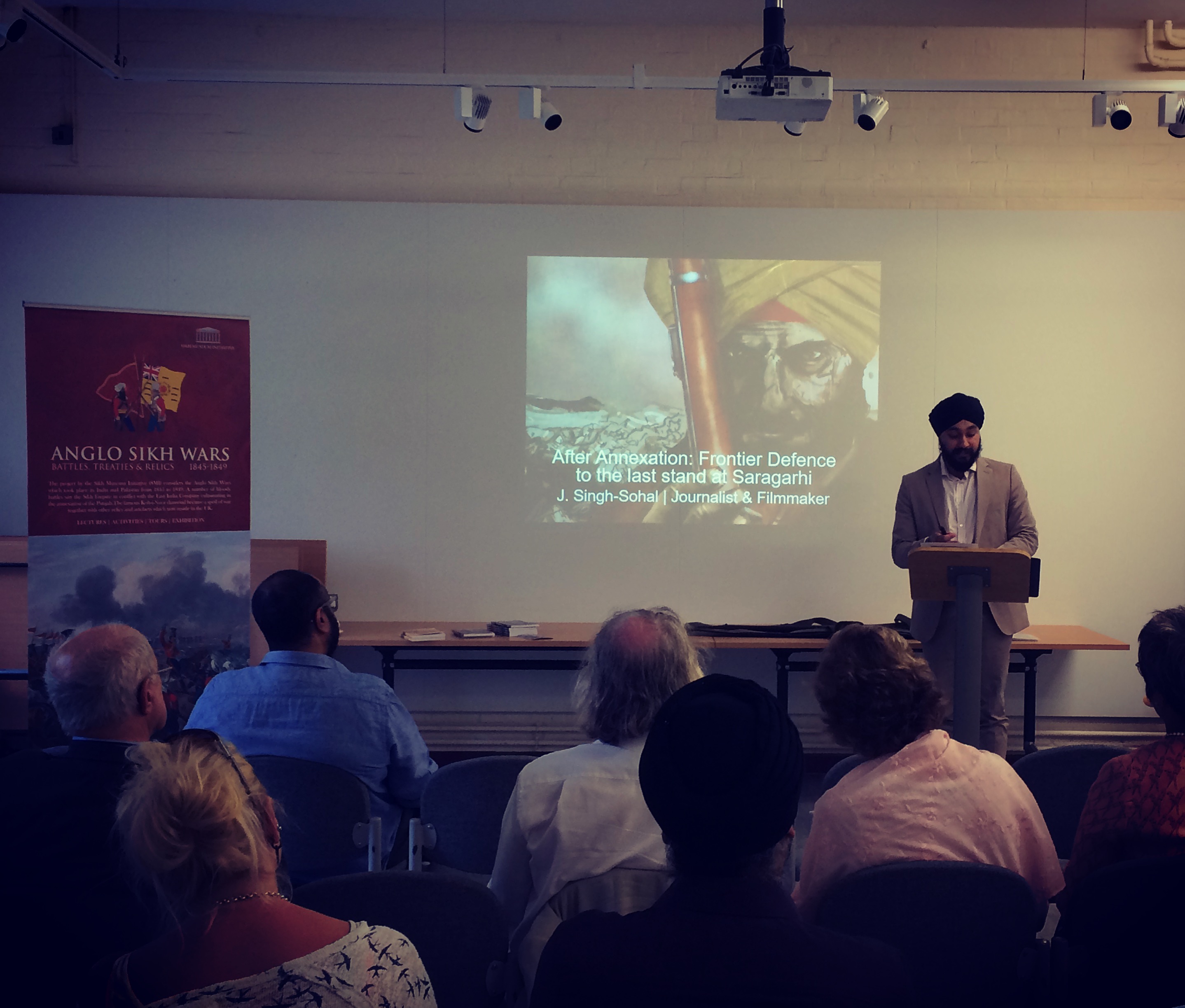

 But a tragic event struck on 27 November 1897, two months after the events at Saragarhi. A detachment of 36 soldiers (led by Subadar Dewa Singh) lost its way to Kurman, in the Kurram Valley and was ambushed by the enemy. “The small force put up a gallant defence against superior odds and preferred heroic death to surrender*.”
But a tragic event struck on 27 November 1897, two months after the events at Saragarhi. A detachment of 36 soldiers (led by Subadar Dewa Singh) lost its way to Kurman, in the Kurram Valley and was ambushed by the enemy. “The small force put up a gallant defence against superior odds and preferred heroic death to surrender*.”



